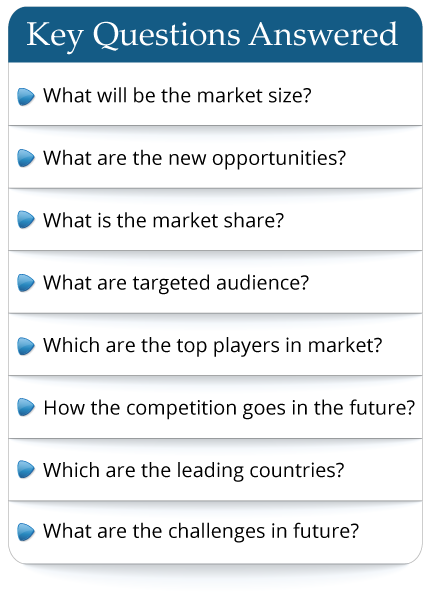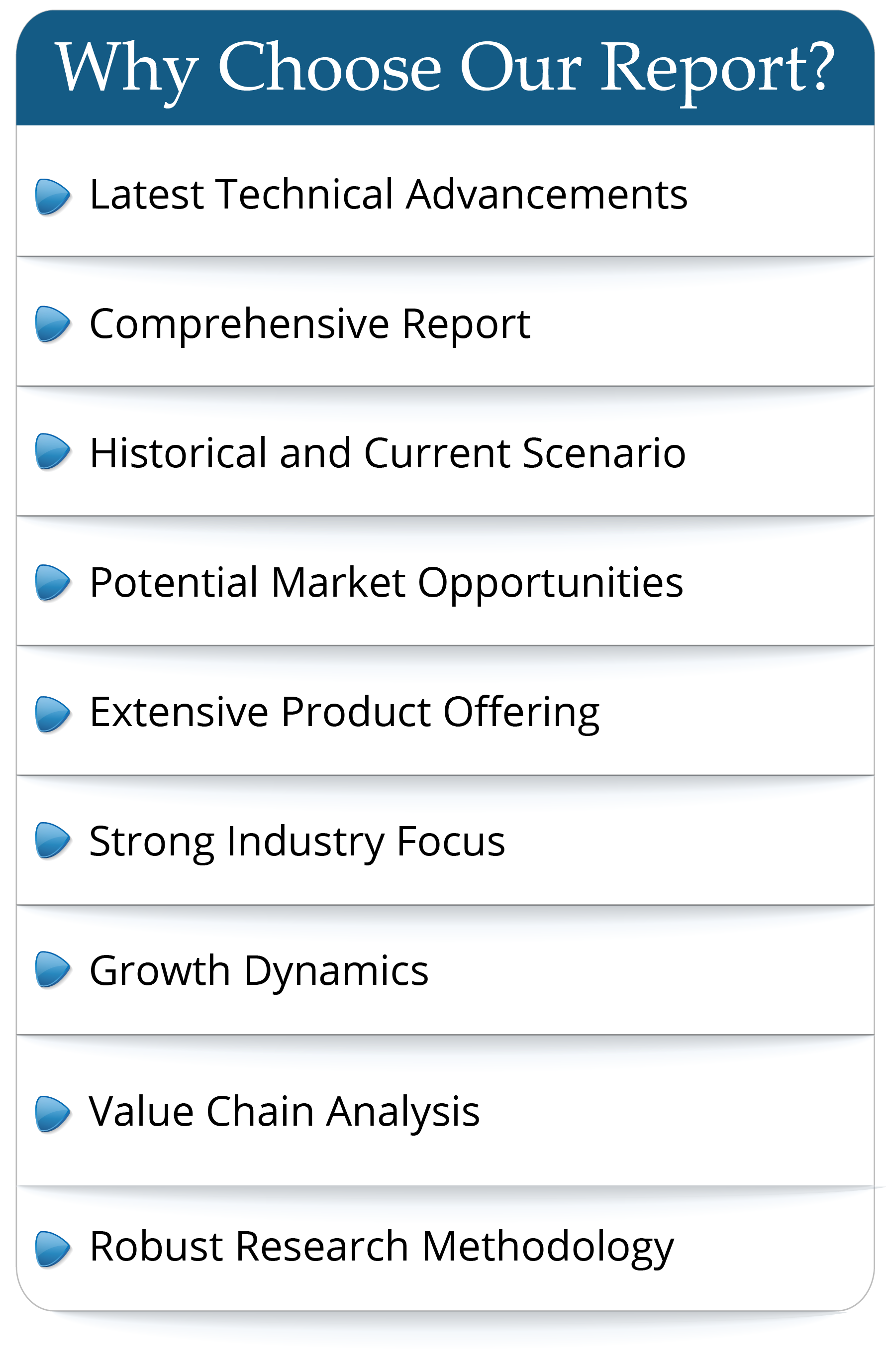Global acrylic resins will have a boosting in coming years. According to the WK Research, “Global Acrylic Resins Professional Survey Report 2022, Forecast to 2027”, increasing construction activities around the world and increasing need for ecologically friendly formulations are key factors driving growth of the global acrylic resins market. The compound annual growth rate (CAGR) for the 2022-2027 period is projected to be 5.41% base on WK Research regression analysis model.
Analysts’ Viewpoint:
“As the acrylic resins Market continues to grow, so does the need for manufacturers to produce products that meet the demands of this ever-changing market. To stay ahead of the competition, manufacturers must constantly innovate and introduce new products that address the needs of the market”, said Kevin Rose, Senior analyst, in WK Research.
Product Introduction:
Acrylic resin is a thermoplastic or thermosetting plastic substance that is typically derived from acrylic acid, methacrylic acid, and acrylate monomers. Acrylic resins have excellent transparency and durability and are often used in a wide range of consumer items and industrial products. Acrylic resins that are designed for use in two component systems are called polyols and are made with monomers such as methyl methacrylate. Acrylic resins are also well-known for their excellent ultraviolet and oxidative stability.
Market insight:
Market revenue growth is driven by increasing number of construction activities and projects, increasing need for ecologically friendly formulations, and rising demand for acrylic resins from various industries due to advanced properties and advantages offered by this material. Rising demand for thermoplastics is expected to act as a catalyst for revenue growth of the market during the forecast period. Increasing industrialization and urbanization in developing countries, including China and India, has significantly boosted acrylic resin demand in recent years. The construction industry necessitates high-performance materials for both safety and aesthetics. The quality and reliability of acrylic resin-based solutions used in construction projects, including coatings, paints, sealants, and adhesives, is formulated to be highly reliable and cost-efficient. As a result, demand for acrylic resin-based solutions in the construction industry is rising. Rapidly increasing population in developing regions, particularly in Asia Pacific, as well as rising demand for better infrastructural and living facilities are some key factors expected to drive demand for acrylic resins going ahead. Increase in construction of residential buildings is a result of factors including rising disposable income, change in lifestyle, rising demand for single-family homes, convenience of home loans and schemes, and significant investments by developers.
However, health concerns related to acrylic resins, stringent government regulations, and high procurement costs are some factors expected to hamper global acrylic resins market revenue growth to some extent over the forecast period. Acrylic resins include traces of ethyl acrylate, which is a substance known for its toxic effect when in contact with people. Ethyl acrylate is a carcinogen, which means it can cause cancer in humans. In addition, cost of acrylic resin is higher than that of its counterparts, which is expected to limit its adoption to a certain extent over the forecast period.
Competition Landscape:
In August 2021, Arkema S.A. announced that the company has reached a definitive agreement to acquire Ashland Global Holdings Inc for USD 1.65 Billion. The deal is scheduled to be completed by the end of the fiscal year 2021. With this acquisition, Arkema is expected to strengthen its market position. This WK Research market report is designed to help clients improve their market position, and in line with this, this report provides a detailed analysis of several leading acrylic resins companies that include: BASF SE, Dow Chemical Company, Arkema S.A., Mitsui Chemicals, Inc., Koninklijke DSM N.V., Showa Denko Materials Co., Ltd., DIC Corporation, Sumitomo Corporation, Mitsubishi Chemical Holdings Corporation, Nippon Shokubai Co., Ltd.
Segmentation of Acrylic Resins Market:
According to the source type, the market for acrylic resins is divided into: Thermoplastic and Thermosetting. Thermoplastic segment is expected to lead in terms of revenue contribution to the global acrylic resins market during the forecast period due to increasing usage of thermoplastic-based acrylic resins. Thermoplastic composites are recognized for versatility since these have the capacity to reform as a result of the product's benefits including cost-effectiveness, recyclability, and increased mechanical characteristics.
According to the application, the market for acrylic resins is divided into: Adhesives & Sealants, Paints & Coatings, DIY Coatings, Elastomers, and Others. Paints & coatings segment is expected to lead in terms of revenue contribution to the global acrylic resins market during the forecast period. Acrylics resins are used in a wide variety of applications in the paint and coatings field, ranging from decorative coatings to industrial coatings. Acrylic resins have high chemicals and photo-chemical resistance, excellent color and gloss retention qualities, are easy to control, cost-efficient, and function well in a broad range of applications including roofing coatings, walls coating, interior and exterior paintings, etc.
Acrylic Resins Market: Regional Analysis
In terms of geography, the global acrylic resins market has been segmented into: North America, Asia Pacific, Europe, South America, and the Middle East and Africa. Asia Pacific is anticipated to witness the highest growth in the acrylic resins market. Asia Pacific is expected to account for larger revenue share among other regional markets during the forecast period owing to people' increasing incomes as a result of growth in the economy. Flexible regulations, along with support from the government including tax deductions to boost industrialization, are expected to boost acrylic resin production, particularly in China and India, which is expected to boost the market growth during the forecast period. The Chinese government is focusing on reducing volatile components in resins, which is driving up demand for water-based acrylic resins for coatings purposes.
North America is expected to register a significantly rapid revenue growth rate during the forecast period attributable to expansion of industrial manufacturing industry. Increasing vehicle sales and increased construction activities are expected to increase demand for acrylic resins among end-users in countries in the region. The market in Europe is expected to expand at a significantly robust CAGR due to rising demand for protective coatings and paints in the automotive industry in countries in the region.
Analysts’ Viewpoint:
“As the acrylic resins Market continues to grow, so does the need for manufacturers to produce products that meet the demands of this ever-changing market. To stay ahead of the competition, manufacturers must constantly innovate and introduce new products that address the needs of the market”, said Kevin Rose, Senior analyst, in WK Research.
Product Introduction:
Acrylic resin is a thermoplastic or thermosetting plastic substance that is typically derived from acrylic acid, methacrylic acid, and acrylate monomers. Acrylic resins have excellent transparency and durability and are often used in a wide range of consumer items and industrial products. Acrylic resins that are designed for use in two component systems are called polyols and are made with monomers such as methyl methacrylate. Acrylic resins are also well-known for their excellent ultraviolet and oxidative stability.
Market insight:
Market revenue growth is driven by increasing number of construction activities and projects, increasing need for ecologically friendly formulations, and rising demand for acrylic resins from various industries due to advanced properties and advantages offered by this material. Rising demand for thermoplastics is expected to act as a catalyst for revenue growth of the market during the forecast period. Increasing industrialization and urbanization in developing countries, including China and India, has significantly boosted acrylic resin demand in recent years. The construction industry necessitates high-performance materials for both safety and aesthetics. The quality and reliability of acrylic resin-based solutions used in construction projects, including coatings, paints, sealants, and adhesives, is formulated to be highly reliable and cost-efficient. As a result, demand for acrylic resin-based solutions in the construction industry is rising. Rapidly increasing population in developing regions, particularly in Asia Pacific, as well as rising demand for better infrastructural and living facilities are some key factors expected to drive demand for acrylic resins going ahead. Increase in construction of residential buildings is a result of factors including rising disposable income, change in lifestyle, rising demand for single-family homes, convenience of home loans and schemes, and significant investments by developers.
However, health concerns related to acrylic resins, stringent government regulations, and high procurement costs are some factors expected to hamper global acrylic resins market revenue growth to some extent over the forecast period. Acrylic resins include traces of ethyl acrylate, which is a substance known for its toxic effect when in contact with people. Ethyl acrylate is a carcinogen, which means it can cause cancer in humans. In addition, cost of acrylic resin is higher than that of its counterparts, which is expected to limit its adoption to a certain extent over the forecast period.
Competition Landscape:
In August 2021, Arkema S.A. announced that the company has reached a definitive agreement to acquire Ashland Global Holdings Inc for USD 1.65 Billion. The deal is scheduled to be completed by the end of the fiscal year 2021. With this acquisition, Arkema is expected to strengthen its market position. This WK Research market report is designed to help clients improve their market position, and in line with this, this report provides a detailed analysis of several leading acrylic resins companies that include: BASF SE, Dow Chemical Company, Arkema S.A., Mitsui Chemicals, Inc., Koninklijke DSM N.V., Showa Denko Materials Co., Ltd., DIC Corporation, Sumitomo Corporation, Mitsubishi Chemical Holdings Corporation, Nippon Shokubai Co., Ltd.
Segmentation of Acrylic Resins Market:
According to the source type, the market for acrylic resins is divided into: Thermoplastic and Thermosetting. Thermoplastic segment is expected to lead in terms of revenue contribution to the global acrylic resins market during the forecast period due to increasing usage of thermoplastic-based acrylic resins. Thermoplastic composites are recognized for versatility since these have the capacity to reform as a result of the product's benefits including cost-effectiveness, recyclability, and increased mechanical characteristics.
According to the application, the market for acrylic resins is divided into: Adhesives & Sealants, Paints & Coatings, DIY Coatings, Elastomers, and Others. Paints & coatings segment is expected to lead in terms of revenue contribution to the global acrylic resins market during the forecast period. Acrylics resins are used in a wide variety of applications in the paint and coatings field, ranging from decorative coatings to industrial coatings. Acrylic resins have high chemicals and photo-chemical resistance, excellent color and gloss retention qualities, are easy to control, cost-efficient, and function well in a broad range of applications including roofing coatings, walls coating, interior and exterior paintings, etc.
Acrylic Resins Market: Regional Analysis
In terms of geography, the global acrylic resins market has been segmented into: North America, Asia Pacific, Europe, South America, and the Middle East and Africa. Asia Pacific is anticipated to witness the highest growth in the acrylic resins market. Asia Pacific is expected to account for larger revenue share among other regional markets during the forecast period owing to people' increasing incomes as a result of growth in the economy. Flexible regulations, along with support from the government including tax deductions to boost industrialization, are expected to boost acrylic resin production, particularly in China and India, which is expected to boost the market growth during the forecast period. The Chinese government is focusing on reducing volatile components in resins, which is driving up demand for water-based acrylic resins for coatings purposes.
North America is expected to register a significantly rapid revenue growth rate during the forecast period attributable to expansion of industrial manufacturing industry. Increasing vehicle sales and increased construction activities are expected to increase demand for acrylic resins among end-users in countries in the region. The market in Europe is expected to expand at a significantly robust CAGR due to rising demand for protective coatings and paints in the automotive industry in countries in the region.
Frequently Asked Questions
This market study covers the global and regional market with an
in-depth analysis of the
overall growth prospects...
- By product type
- By End User/Applications
- By Technology
- By Region
The report provides a detailed evaluation of the market by
highlighting information on
different aspects including drivers, restraints...

 Pre-order Enquiry
Pre-order Enquiry Download Free Sample
Download Free Sample












